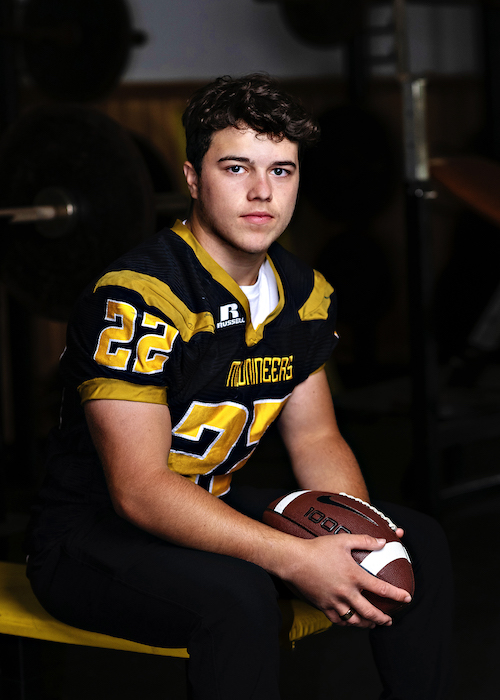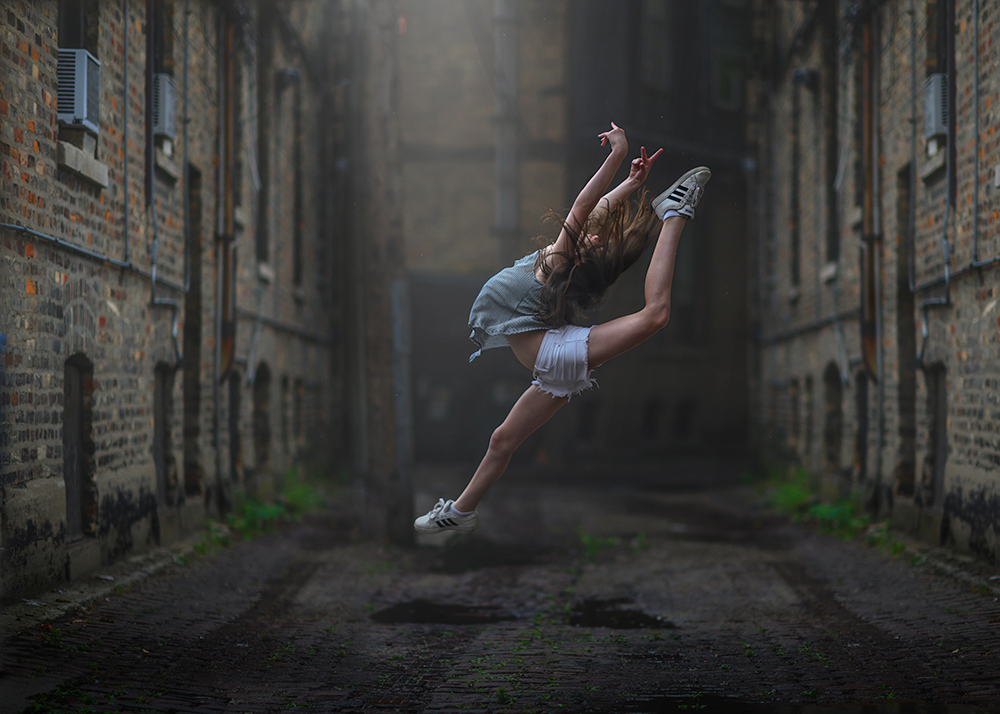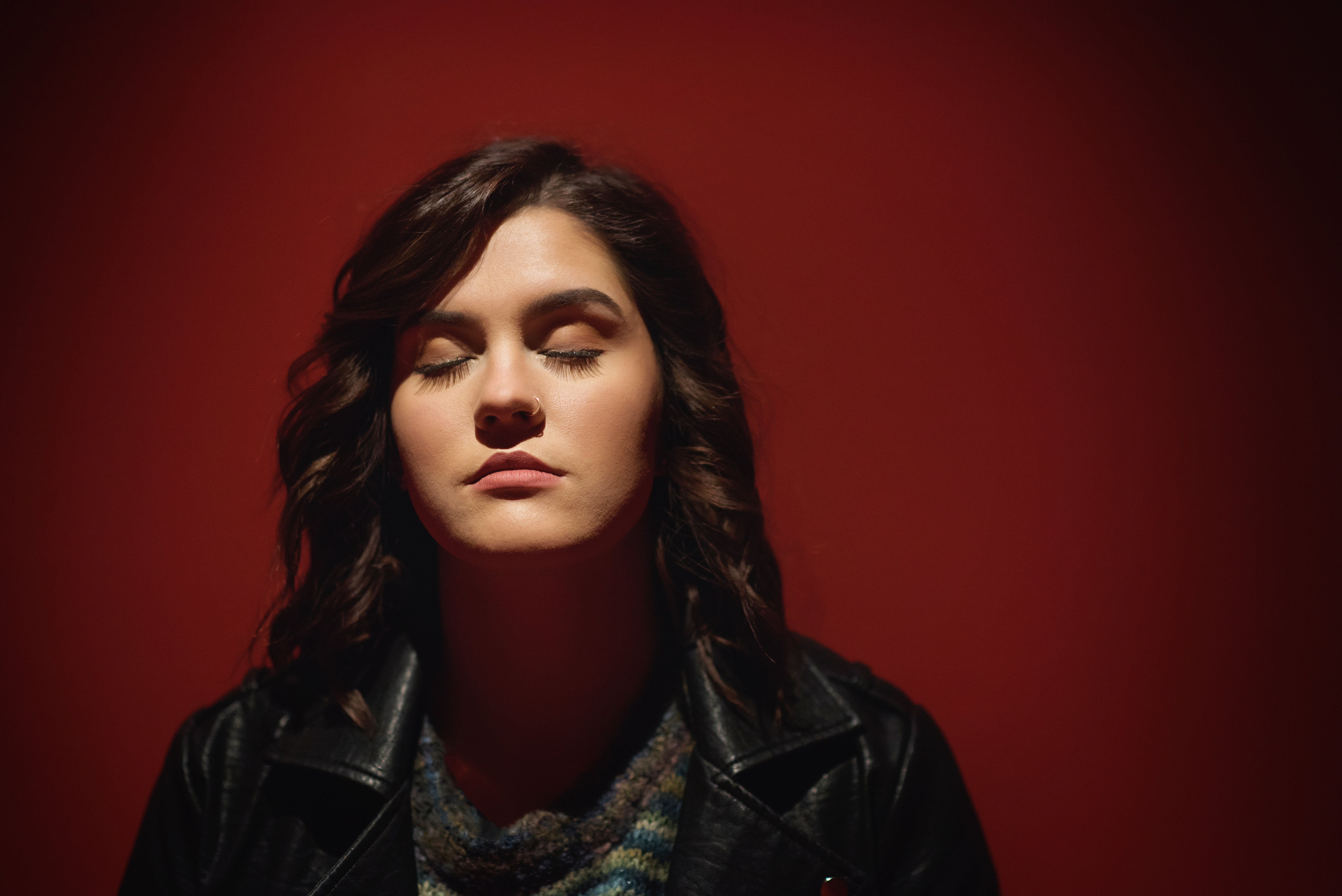High School Seniors + Sports
High School Senior Portrait Pointers from Cheryl Walsh
September 16, 2016
You may already be familiar with photographer Cheryl Walsh from her underwater fine-art portraits — after all, she’s won multiple awards at WPPI dating back to 2011, and she won the Grand Award in the Creative category this past March.
What you may not know, though, is that the California-based photographer only spends half the year submerged in her pool; she spends the other six months building her senior portrait business, Alt-Senior Photography, which she has fine-tuned over the past decade.
With bookings maxed out year after year, Walsh has learned a thing or two about excelling in the senior portrait genre. Here, she tells us what she’s learned over the years, and how she gets her group of young (often shy) subjects to open up in front of the lens.
The Business
For Walsh, taking senior portraits began less as a means of taking beautiful portraits and more as a way of capturing the unique stage of life for high school seniors. These teens, who are not quite children anymore but not quite adults yet either, often don’t realize what a unique stage of life they’re in, she says. “This is the only time in their lives that they get to be in that in-between place, and I think that it’s important to capture the essence of the person they are right then and there. I’m not interested in taking just a single photo. I’m interested in capturing their story that they share with me.”
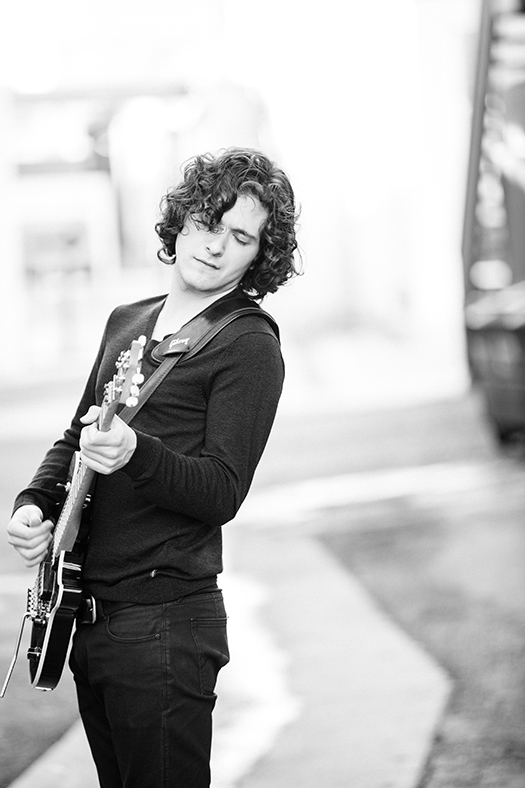
“There was beautiful light bouncing off the buildings around us and the light behind my subject, Michael, created this bokeh,” Walsh says. ”I let him play and I took photos without looking through the camera, thus the odd crop. He wasn’t posing, he was just being himself, and those are always my favorite images. Using my 70-200mm lens I can be at a distance, giving my subjects space to relax and not feel like they are having their photos taken.” © Cheryl Walsh
The Process
Getting the story behind the students’ lives at this stage can be time intensive, Walsh says. It requires one-on-one consultations with every senior and their parents, scouting locations and developing a general sense of a person. As such, she limits her business to 30 senior portraits a year and says she “always books up.” But adding more time slots to the docket or cutting a session short isn’t an option for her. “Their trust is paramount to the success of our collaboration,” she says, “and if I don’t have that trust, then I am not the photographer for them.”
TIP: To better understand seniors, have them create a Pinterest board of images they like—“not just images of people, but ones that they are drawn to in general,” Walsh says. “A picture is worth a thousand words, so I learn a lot about their visual style by seeing their collection.” Once Walsh sees the images, she picks up on patterns, the mood, feel, color and lighting (or lack of lighting). “The idea is not to copy those photos,“ Walsh clarifies, “but to feel their inspiration.”
Marketing Magic
For Walsh, marketing her senior portrait business has primarily been through word of mouth and social media. She’s found that honesty and sincerity are key elements to defining Alt-Senior. “High school seniors are smart, savvy, intuitive people, and they know when someone isn’t being sincere,” she notes. “Be sincere, be true to yourself and to them, and they will come to you.”
On Set
When it comes time to take the picture, Walsh says it’s important to direct, “but a pose has to be appropriate for that person or they won’t feel comfortable. I find that explaining why I ask them to pose a certain way gives them a sense of purpose and understanding.”
To achieve some variety, Walsh says she will often direct her seniors to be happy, silly, young, mature, grown up, beautiful, reflective, serious, glorious, imaginative or creative. As with any shoot, the principal rules of portraiture—lighting, posing and composition—should be second nature “so that it doesn’t take your thoughts away from that person as an individual or your ability to capture them when the rules are being broken.”
TIP: When shooting female subjects, use the getting-ready process to your advantage. Walsh has an artist do hair and makeup at her studio, which allows extra time for the photographer to engage in conversation with the senior and their parents.
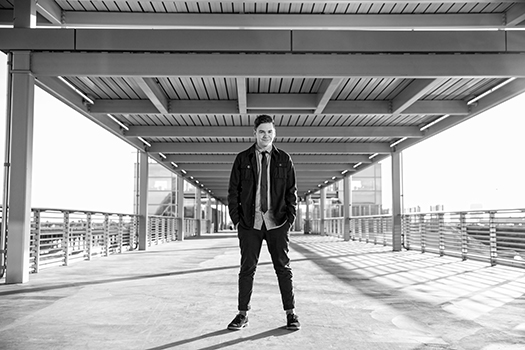
“Hayden is in a very successful rock band but he wanted his senior photos to be about him, not what he does,“ Walsh explains. “I liked the leading lines, the harsh side light and soft fill light that the walkway produced. He looks like the normal, high school student that he was, rather than the rock star everyone sees him as.” © Cheryl Walsh
Male Seniors
When Walsh first started her senior portrait business, she only had a few male clients who signed on reluctantly for their moms. “I ask them to explain to me their exact fears, which are generally looking foolish to their friends or being embarrassed years later by a trendy look,” Walsh says. Her promise: If they didn’t like the images at the end of the shoot, she would refund their money and destroy the photos. Luckily that wasn’t the case, and a few successful male portrait sessions led to many more. Now, Walsh says her clients are evenly split between male and female. When it comes to shooting males, “Someone who feels listened to and understood will be far more confident,” she says. “I take the photos they want, and they often then agree to do things for mom, like wear a suit and tie or a Boy Scout uniform.”
After the Shoot
After culling through her images—what Walsh describes as one of the more difficult parts of the process—she edits most of the shots in Lightroom and a few in Photoshop. Many of the edits are done to improve skin appearance, she says, especially for the males who don’t wear any makeup. Beyond that, most images are lightly touched with some color shifting, level adjustments, dodge or burn and, she says, are given textures “if it’s appropriate.”
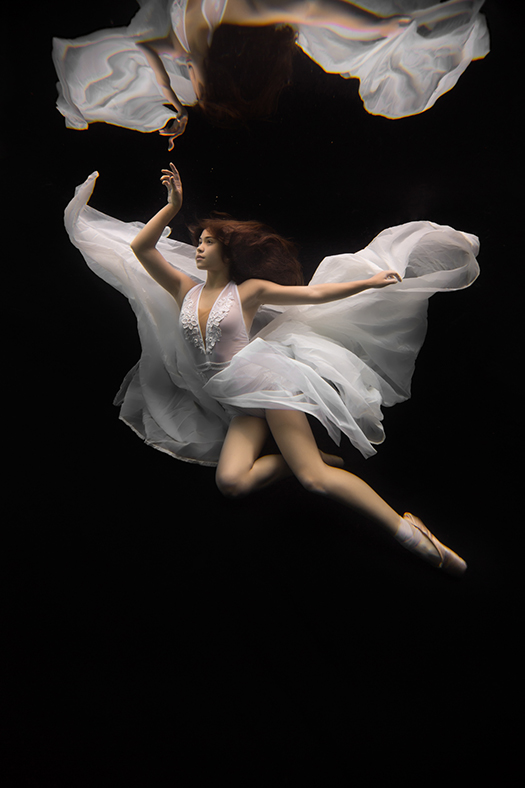 Many of Walsh’s underwater portraits are of senior dancers. © Cheryl Walsh
Many of Walsh’s underwater portraits are of senior dancers. © Cheryl Walsh
In the Water
Safety comes first when it comes to Walsh’s underwater portraits. “Don’t do it unless you know what you are doing,” she cautions. Having turned her pool into an underwater studio, Walsh says she has an assistant on hand for the duration of the shoots “whose sole responsibility is to care for the health and well-being of my subjects,“ many of whom are high school seniors. Often, these are dancers who wear ballet attire for the 1- to 4-hour shoots. “Posing underwater can be intimidating, and I find that asking them to dance underwater makes them more comfortable,” Walsh says. And when it comes to transforming the image into a WPPI award-winning shot, Walsh says the approach is similar to photographing seniors above water: “Remembering the fundamentals of good portrait posing and lighting is paramount.”

